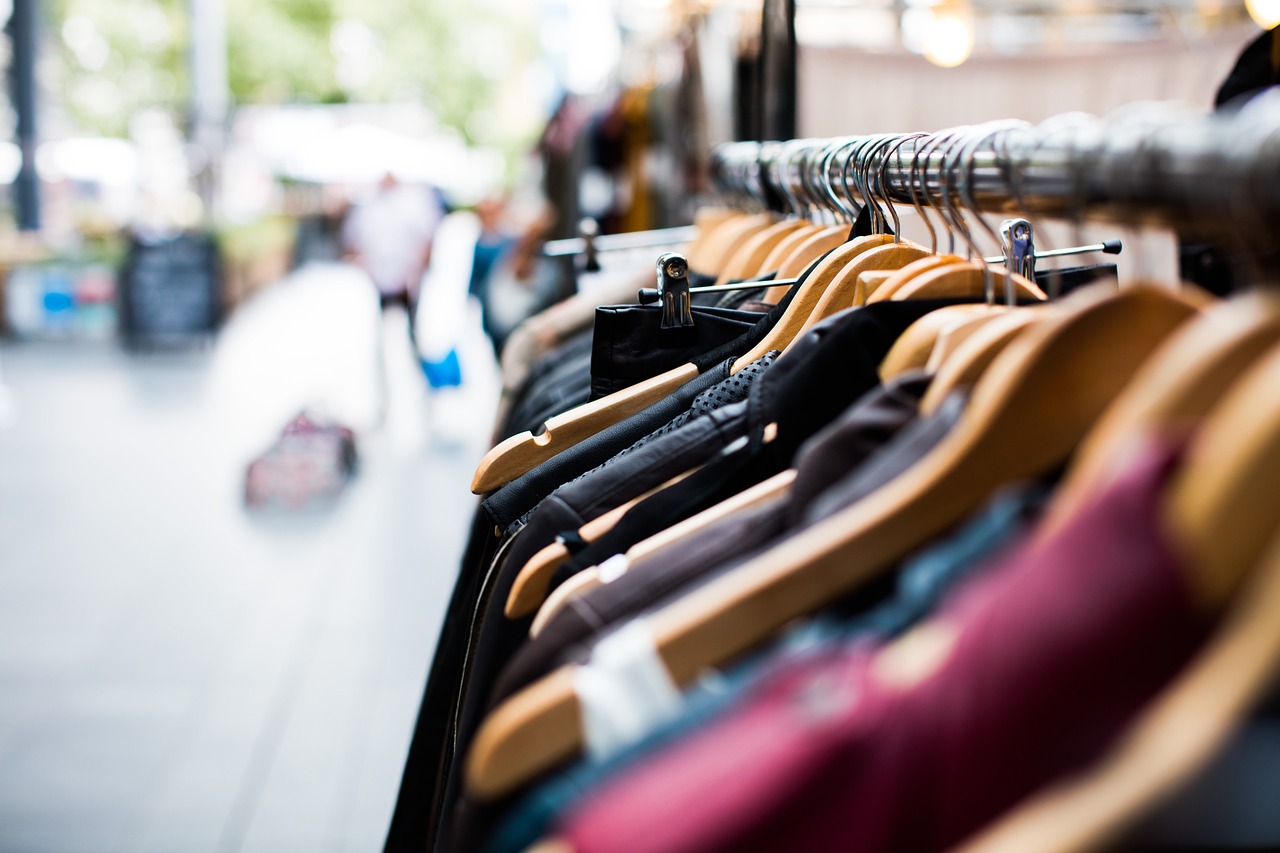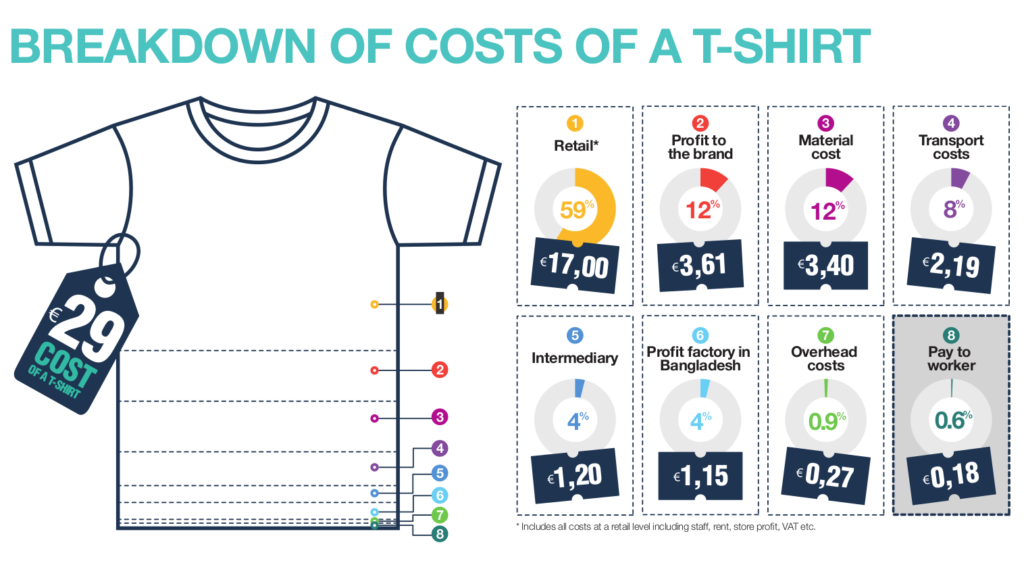
You may have heard of the term “fast fashion” before. This term refers to the ever-changing model of the fashion industry, where clothing styles are typically only used or worn for a single season. Fast fashion means that clothing is often constructed cheaper and at higher markup cost, and has devastating consequences for our Earth. Here’s how clothing and the fashion industry is actually destroying the environment.
What is fast fashion?
Fast fashion is a term used to describe the turnover to mass produced clothing, often worn for short periods of time and very much not constructed in a meaningful manner to last. Fast fashion means getting a new shirt at Kohl’s for $5 to wear once and then discard is not a big deal when it comes to impacting your wallet. But this overstuffing of wardrobes for cheap has a big impact on the world as we know it.
How fast fashion is killing the planet
Much like the cattle and meat raising industry, you can break down fast fashion’s expenses and impact on the environment to the following:
- Emissions (Fast fashion is responsible for 8-10% of global emissions)
- Excessive farmland usage (Cotton made for fashion uses about 2.5% of all of the world’s farmlands)
- Excessive oil consumption (Oil is needed to produce synthetic fabrics like polyester)
- Excessive chemical production
- Excessive water usage
Essentially, if you follow the path of an article of clothing back to its origins, you’ll need:
- Labor to grow cotton or mine oil
- Water to grow cotton, or oil to create a synthetic fabric
- Labor to transform materials into fabrics for use, including dying
- Chemicals to dye or preserve the fabric
- More water to wash and bathe the fabric
- More labor to transform the fabric into an article of clothing
- Labor and shipping to transport the clothing to the destination
Where you then end up buying the clothing.
How much water does it take?
Water, though it might not seem like it, is a precious resource. Only some of the Earth’s water is drinkable, and much of it is often guarded by greedy corporations who intend to sell it back to you. Water used in the creation of goods can be hung up, which means countries, cities, and towns can suffer from a lack of water. Yes, that’s right. If a company in town decides to use an entire freshwater lake for producing clothing, and the residents use that lake too for their drinking water, then oftentimes there is not enough water for everyone.
These facts are interesting:

For one cotton t-shirt and one pair of pants to be produced, over 5,000 gallons of water are needed. That’s about a quarter of an average swimming pool for just one shirt and one pair of pants.
What about labor?
It is no secret that many developing countries create fast fashion at a wage of pennies on the dollar, and work long, excessive hours to do so. Shoes are often a product created by exploiting workers in poor nations. In addition to low wages, many of these producers actually employ child labor, which has been outlawed in the United States since 1938.
Even if you’re paying big prices for dresses, shirts, and shoes, the worker may only be seeing a tiny fraction of the overall sales amount – usually less than a quarter ($.25). That means big brands are pocketing the rest.

What can I do?
When it comes to solving fast fashion, like any other environmental concern involving consumerism, we have to think before purchasing:
- Do I need it?
- Will I wear it again?
- Does this company support sustainability and green clothing initiatives?
- Does the company use overseas labor to produce cheap clothing?
You can also make the following purchase-conscious decisions:
- Shop second-hand/thrift instead of buying new
- Purchase from small, known, local creators
- Repair clothing items when damaged (if possible) instead of throwing them away – cobblers still exist for damaged shoes!
- Prolong the life of your clothing by using proper handwashing techniques when possible
- Repurpose clothing items that cannot be repaired (i.e. tear into shop towels, rags, etc, or sew into tote bags, blankets, cozies, or other items)
We hope that helps you understand fast fashion and the consequences it can have on our Earth so you can make an informed decision when it comes to buying your next shirt or pants!


